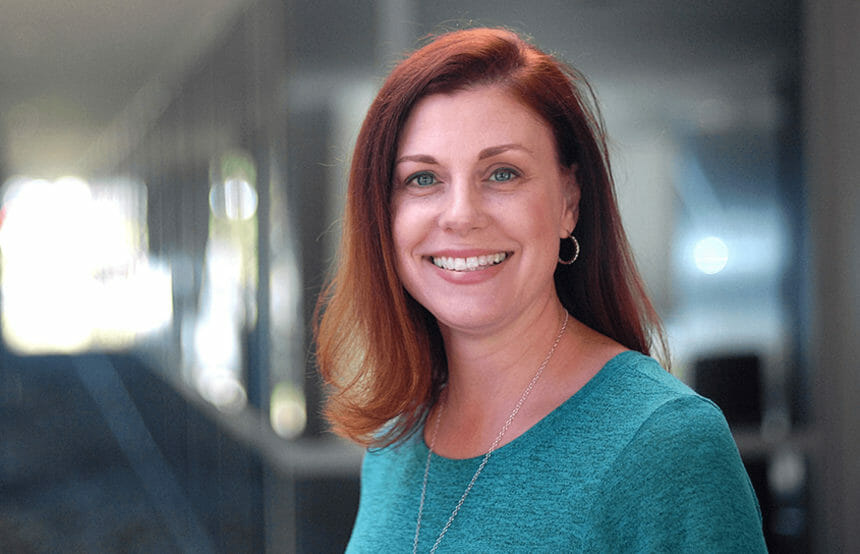
A two-year effort led by LeadingAge Virginia will culminate this fall in the release of a “playbook” designed to help senior living and care providers determine whether and how to serve middle-income older adults.
“We’re trying to give members all the building blocks they would need so they don’t have to start from scratch, and say, ‘This is a template, and you’re going to customize it based on your market and your customer and what you need, but here’s what we see as the process to go through in order to make a product for the middle market,’ ” LeadingAge Virginia President and CEO Melissa Andrews told McKnight’s Senior Living.
The business model developed by a 16-person group led by the state association is that of a rental-unit independent living community staffed with an activities assistant, who would work with local entities such as universities, fitness centers and the YMCA to organize activities and programs, and a care manager, who would act as a concierge to help residents connect with any needed community-based services and supports. Monthly rents could average approximately $2,550.
“Once we were able to let go that this had to be a life plan community — which was really hard, and it’s been a very big philosophical debate — we were looking at it more along the lines of what affordable housing does,” Andrews said. “They help people age in place as long as they can.”
The playbook, she said, will include draft budgets based on 100-, 125- and 150-unit buildings; architectural renderings; position descriptions; a value proposition; and a definition of the middle market.
“We are also including leadership questions,” Andrews said. “We’ve developed questions that a board and a management team could look at together to really begin this conversation, begin this deliberation, to decide if they wanted to go down this path.”
The resource, she said, should be especially useful for single-site and smaller multi-site not-for-profit organizations, which often are not able to realize economies of scale.
LeadingAge Virginia, Andrews added, envisions providers joining together to offer the alternative and then trying to accommodate residents who later need a higher level or care or service at their life plan community campuses or through other area not-for-profit providers.
The cabinet that developed the model included representation from seven life plan community providers, one non-life plan community provider, and other LeadingAge Virginia sponsors, she said.
“We’ve got providers, bankers, architects, marketing folks, a philanthropy person, construction development, feasibility consultants, an attorney,” Andrews said. “We really tried to have as many people around the table as possible to help us think this through, through every angle.”
The playbook will be available to LeadingAge members across the country, she said.
A study funded by the National Investment Center for Seniors Housing & Care and released in April found that 54% of the 14.4 million middle-income older adults in 2029 in the United States will lack the financial resources to pay for senior housing and care, and a combination of public and private efforts will be needed to address the looming crisis. An additional NIC analysis released in May found that 2.3 million more older Americans would be able to afford senior living if the annual cost were reduced by $10,000, and an additional 3.6 million more would be able to afford it if an additional $5,000 were knocked off the price.
“The study affirmed that we were on the right track,” Andrews said. “It really gave credibility to our work.”
In Virginia, she said, most life plan communities (formerly called continuing care retirement communities) began as options for retired Baptist ministers or retired teachers. “But because of where the CCRC market trajectory went, they’ve kind of gotten away from that,” Andrews said. “They’ve become upscale, high-end, and the very reason they were founded, most of those people can’t afford to move in. Given that, and coupled with the fact that the biggest part of the baby boomer demographic are those in the middle market, our members said, ‘We want to get back to our roots, and we want to be able to expand our missions, and this seems like a great demographic to be going after.’ ”



